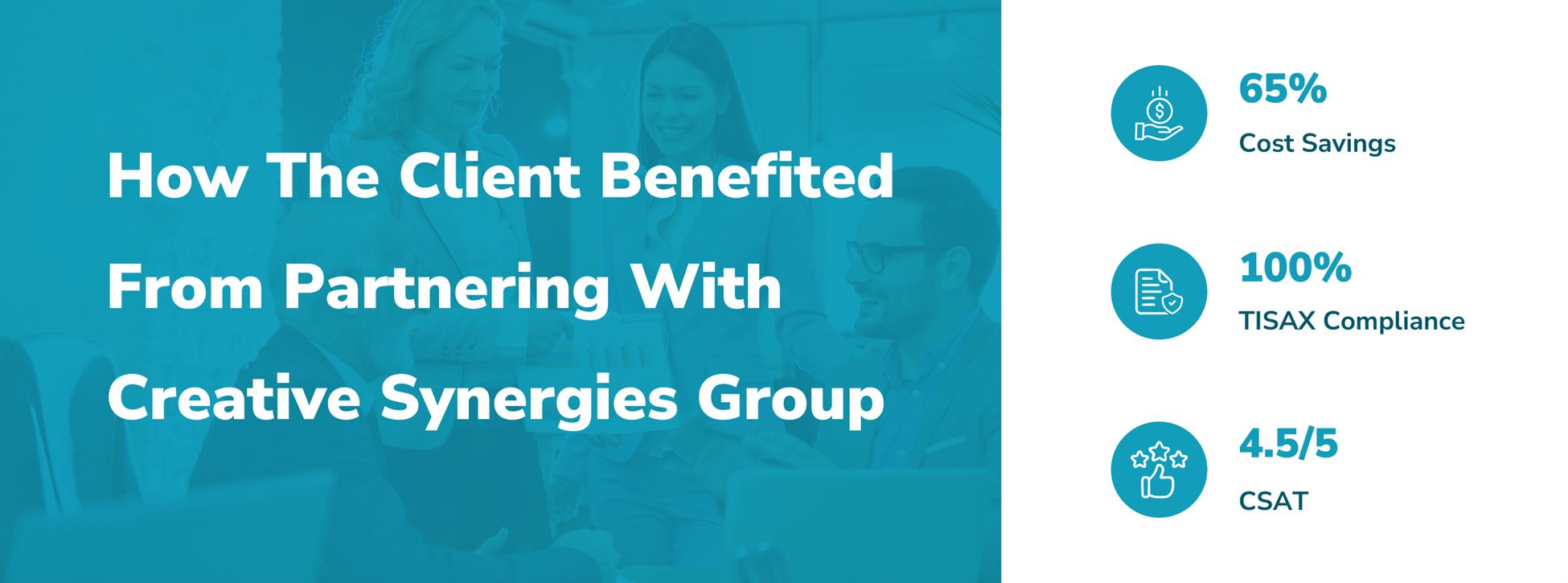Shaping Next-Gen Workforce Learning & Development With Digital Technologies
Learning is no longer limited to yearly training sessions or mandatory certifications in today’s fast-paced business world. Companies need something that is effective, scalable and ensues continuous learning. As a matter of fact, research indicates that companies with strong, scalable learning and development initiatives have a 24% larger profit margin compared to those that don’t invest in any kind of employee training.
At the heart of designing the next-gen learning ecosystems is Artificial Intelligence (AI) that enables personalized, data-backed and adaptive learning experiences. Along with other digital technologies like cloud platforms and data analytics, AI is becoming central to how modern workplaces design and deliver impactful training.
To drive innovation and keep pace with evolving business needs, companies require a flexible learning environment supported by digital tools. But how do businesses move from conventional methods to a more intelligent, transformational model?
The answer is the strategic implementation of digital technologies.
Let us examine how real-world applications of digital technologies are changing workplace education and setting up businesses for success.
A Case For Digital Transformation of Learning In The Workplace
Not a very long time ago, the team here at Creative Synergies successfully implemented an on-premise Learning Management System (LMS) for a well-known global tier-1 automotive smart assembly line manufacturer. The client needed a secure and scalable LMS to efficiently train newly onboarded employees, help them retain critical knowledge and maintain compliance with TISAX Automotive Information Security Standards. Additionally, they had to meet a broad set of training requirements while creating detailed reports.
We designed and integrated core components including OEM production standards, proprietary processes, techniques and costing expertise into the LMS’s design. The solution included a multi-modal resource library, assessment rubrics and detailed course administration standards. To manage different kinds of material, an intelligent content management system was put into place and smooth integration with current systems was guaranteed.
Furthermore, the platform included strong reporting and analytics features.
Integrating Technologies For A Seamless Learning Ecosystem
The interoperability of different technologies is crucial for any successful implementation. At this point, an LMS is more than just a location to store learning material; it is an essential part of a larger learning technology ecosystem which currently includes chatbots, cloud platforms, AI/ML tools and data analytics. Here is a breakdown of how each of these elements plays a critical role.
- Cloud and DevOps
Cloud-based LMSs are projected to grow at a rate of 24.59% CAGR from 2021 to 2029. Businesses can overcome the limitations of on-premises technology by switching to cloud-based LMS services. Real-time content updates, scalable training resource access and improved cross-border collaboration are all made possible by cloud computing. This ecosystem is further improved by DevOps approaches, which guarantee quick iterations and seamless interface with other systems, such as performance management tools and HR software.
- AI, ML and Data Analytics
According to a study conducted in 2024, more than 50% of students showed better interest in their coursework when AI is incorporated into the learning experience.
With performance evaluation, gap analysis and real-time path adjustments, AI and machine learning highly personalizes the learning process. Leveraging this, our Accelerators solution guarantees that workers receive recommendations that are specifically customized to their needs in terms of skills. On the other hand, data analytics improves the process by examining learning patterns, locating useful resources and engagement bottlenecks. AI, machine learning and data analytics work together to produce a dynamic, adaptable learning ecosystem that meets the demands of employees and organizational objectives.
- AI-led Chatbots
AI-led Chatbots act as an on-demand personal assistant, responding to queries, walking employees through training modules and even giving instant feedback on tasks and assignments. The fact that these virtual assistants are available immediately means that learning is an uninterrupted process that does not rely much on when or where an employee is accessing the content.
- Multi-Lingual Content Delivery
Learning must cross linguistic and geographic barriers as multinational teams become more prevalent. Cloud-based systems and AI enable businesses to provide instructional materials in several languages, making them accessible to staff members in various geographical locations. Translation is only one aspect of this; another is providing all employees, wherever they may be, with a consistent, excellent learning environment.
Building a Scalable, Agile Learning Infrastructure
The primary challenge for companies intending to implement digital technologies in their L&D is striking a balance between scale and customization. Conventional methods frequently fall short of this equilibrium. They either provide a customized solution that is unable to scale across huge firms, or they use a one-size-fits-all strategy that doesn’t address individual pain points.
Organizations can have the best of both worlds with the integration of digital technologies like cloud computing and AI – scalable learning paths that are dynamically adjusted to each learner’s needs. When the content is timely, relevant and highly tailored, it can witness a 30% increase in employee engagement.
Looking at the future, workplace learning will be all about integration among technologies. With continuing technological development, learning systems will become even more proactive. Rather than just suggesting courses, future systems will anticipate learning requirements, giving learners the proper training at the right moment, depending on real-time performance metrics and future project requirements.
For edtech decision makers, the call to action could not be clearer. The transformation of learning is not merely about embracing new tools, but building a unified, integrated system that enables ongoing, personalized developments.
At Creative Synergies, we are constantly pushing boundaries and creating cutting-edge solutions that transform the way we learn and develop. Get in touch whether you’re prepared to revamp your educational system or simply want to discuss the newest developments in edtech.


